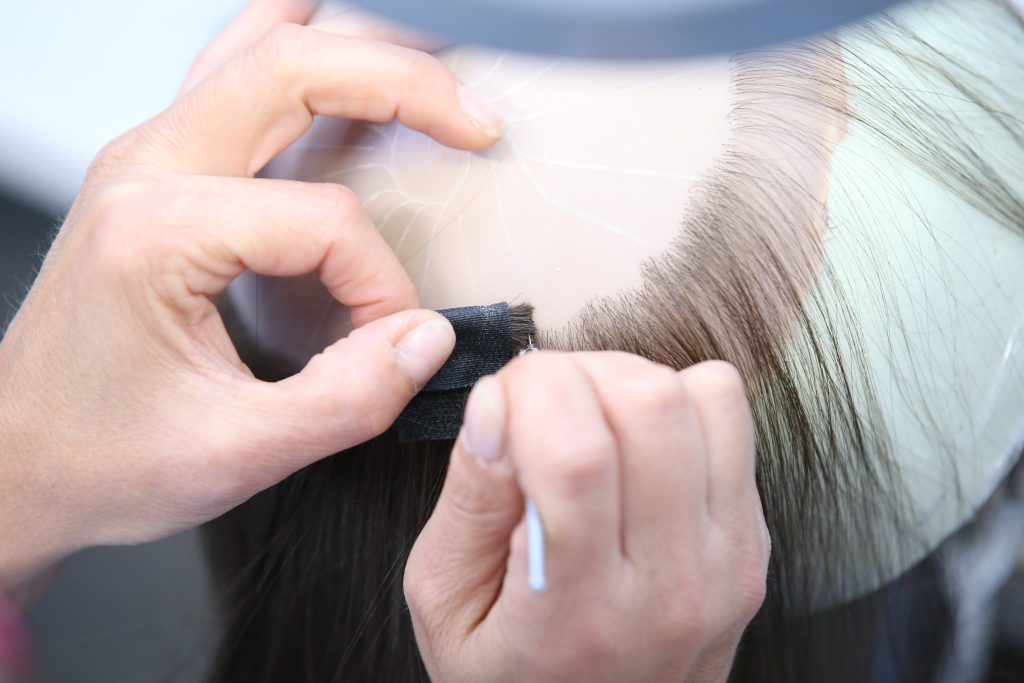Women’s Hair
Women’s Hair – Pygeum Africanum and Omega-3 counteract hair loss by inhibiting the enzyme alpha-5-reductase. This enzyme is responsible for converting testosterone into DHT, a hormone that negatively influences the productive activity of hair follicles. Green tea has an anti-inflammatory effect, while a boost of vitamins and minerals promotes hair regrowth.
The supplement can accompany the Anti-Hair Loss Green Line for a comprehensive treatment.

 Italiano
Italiano  Português
Português  Français
Français  Español
Español 



